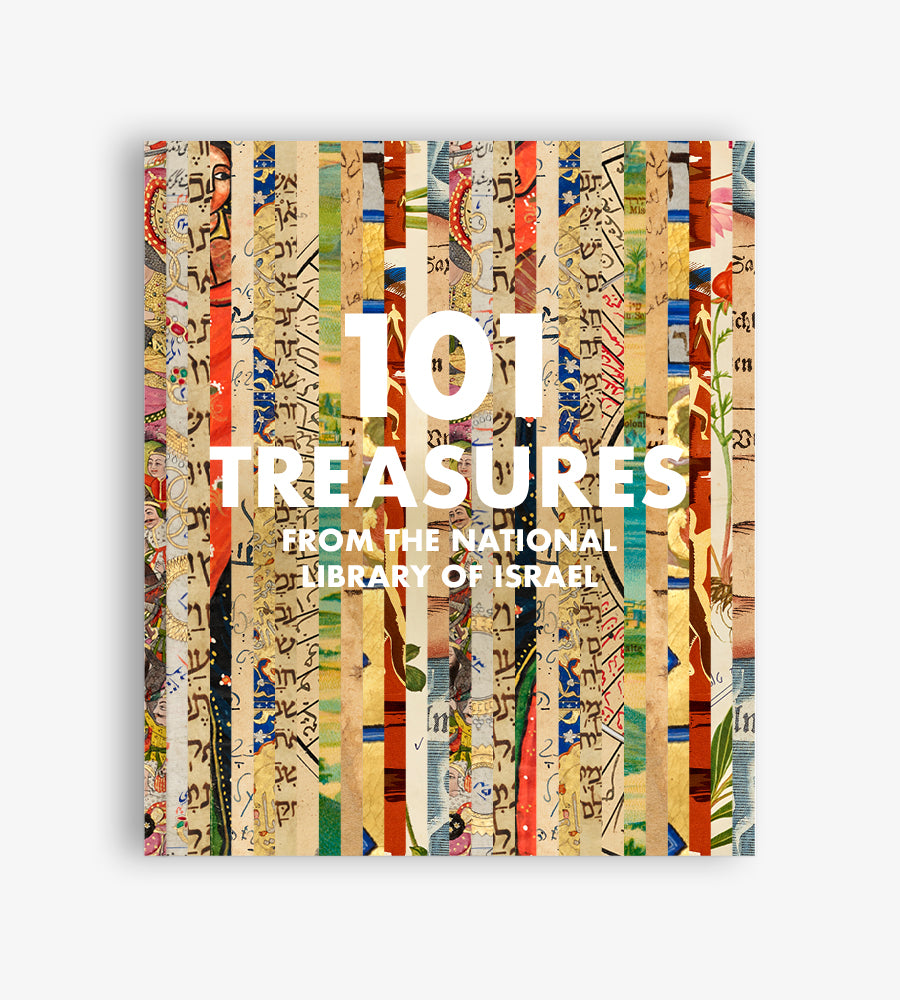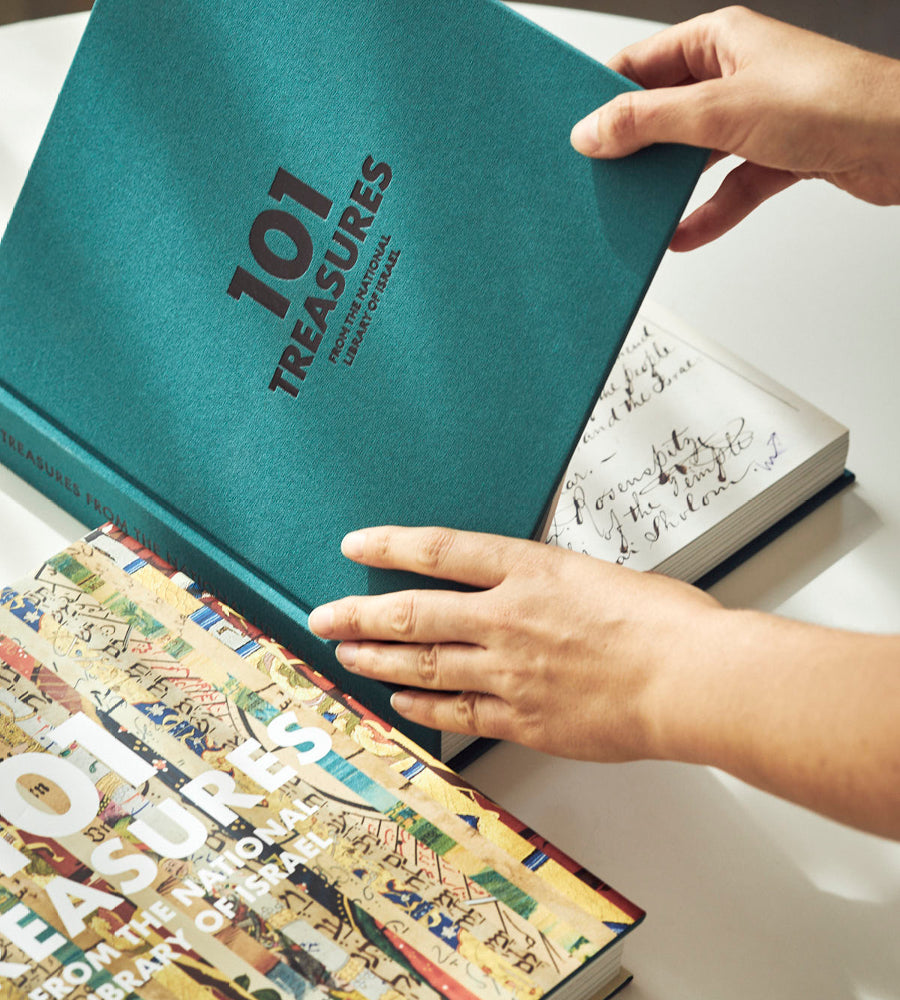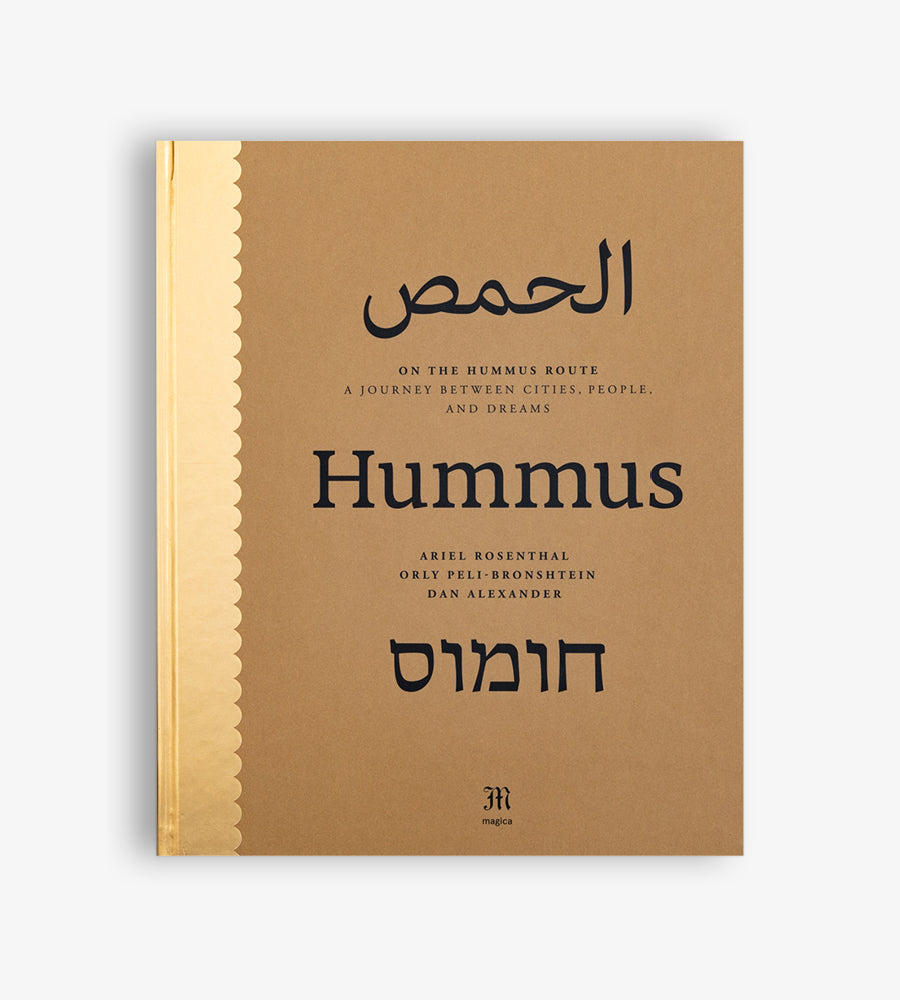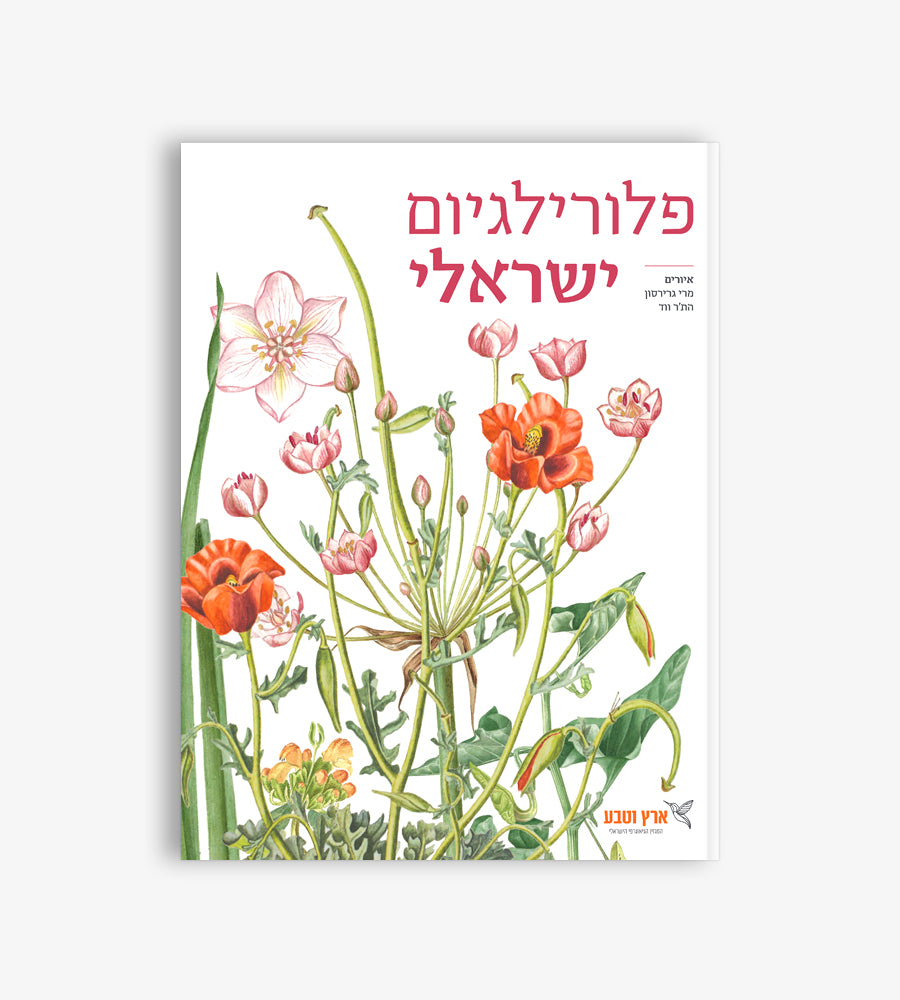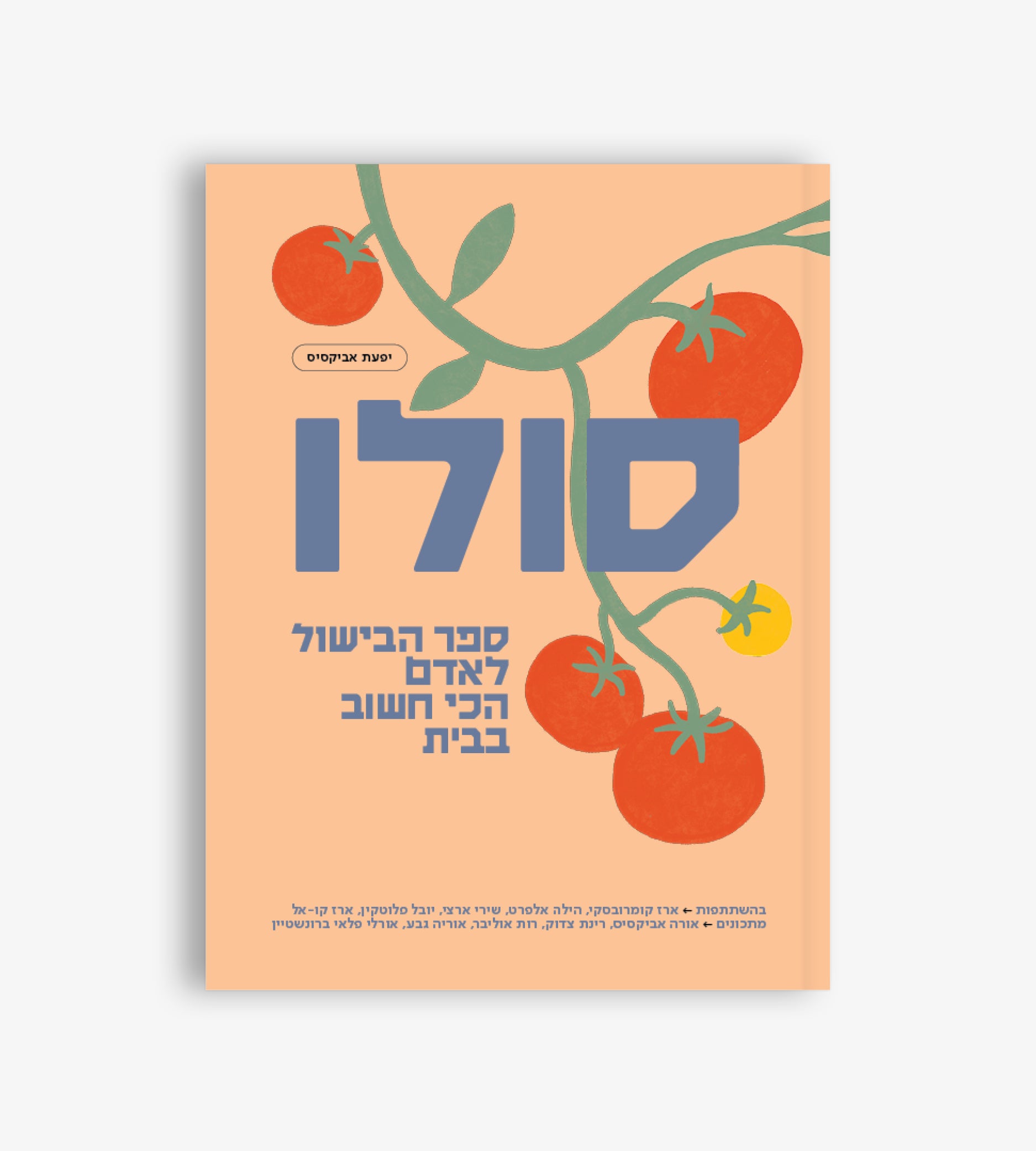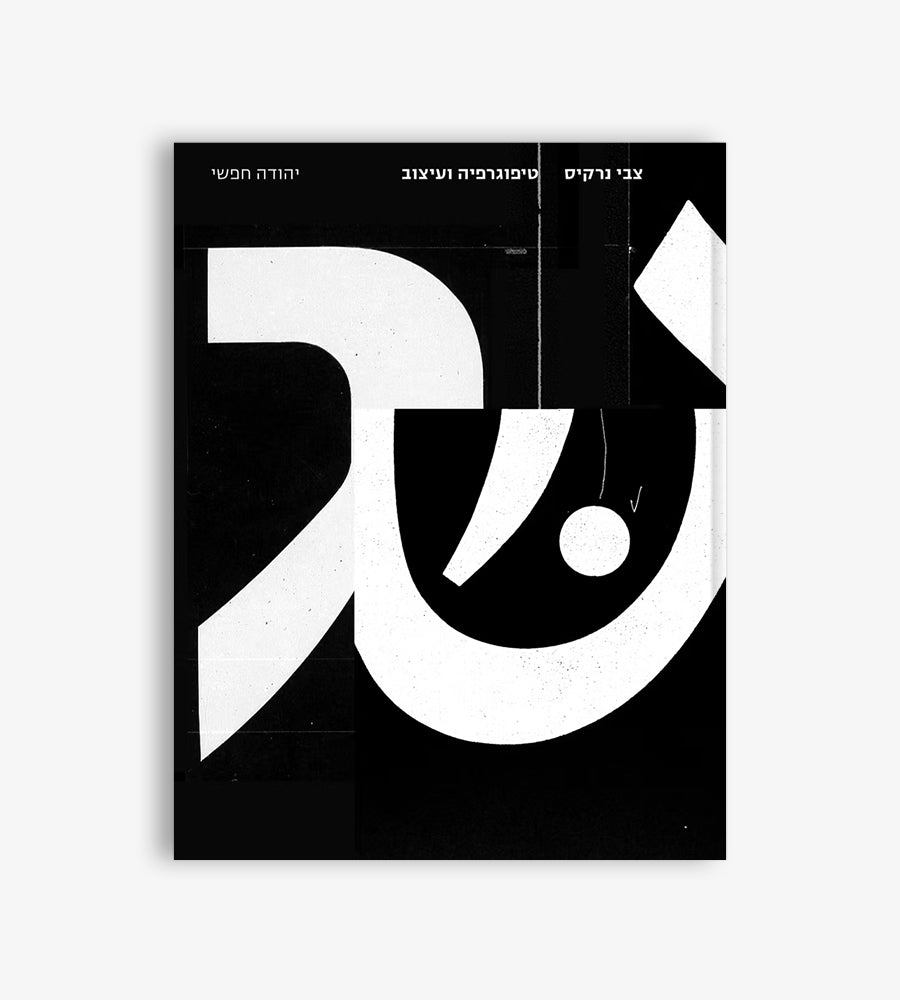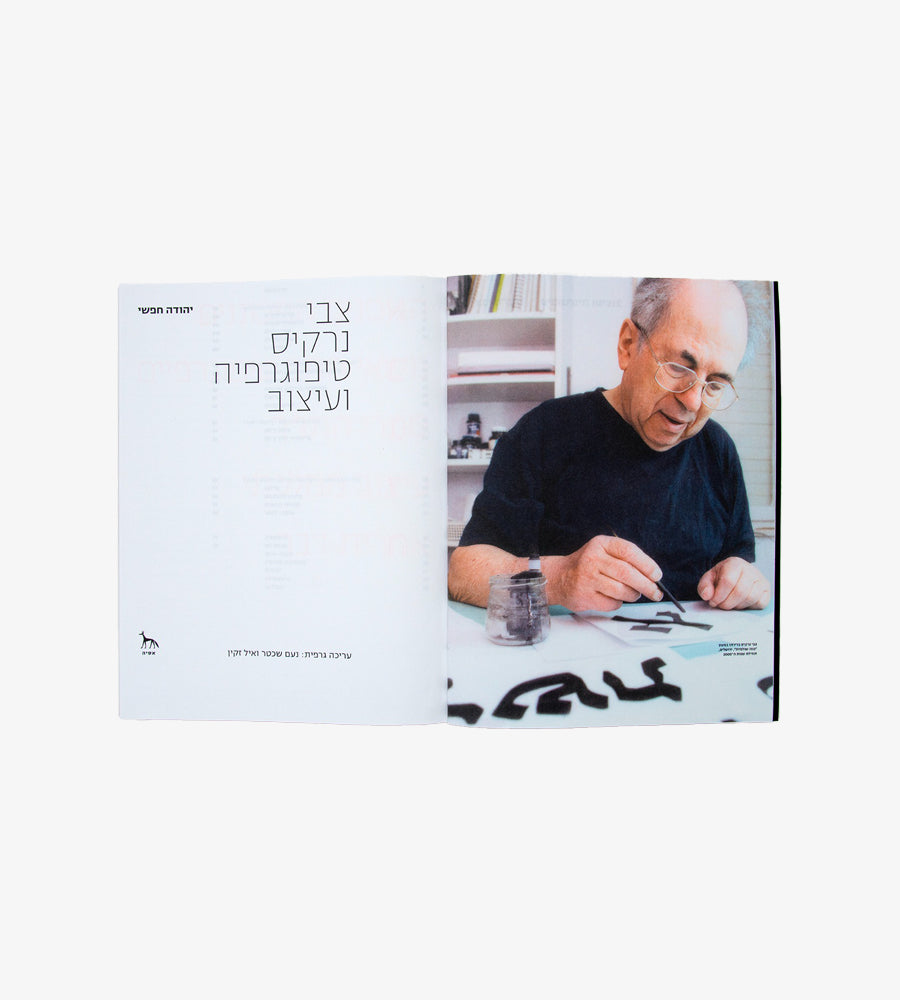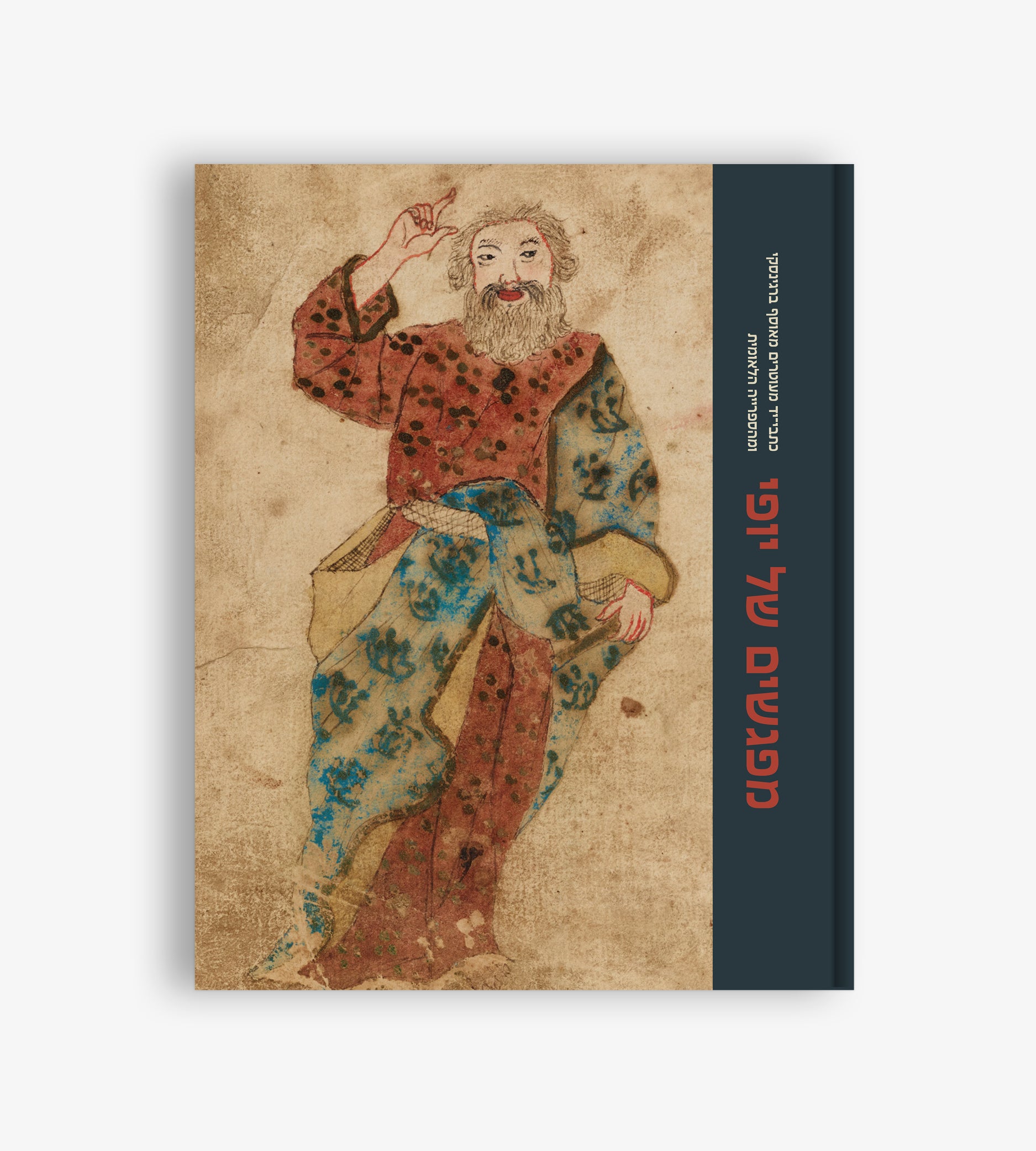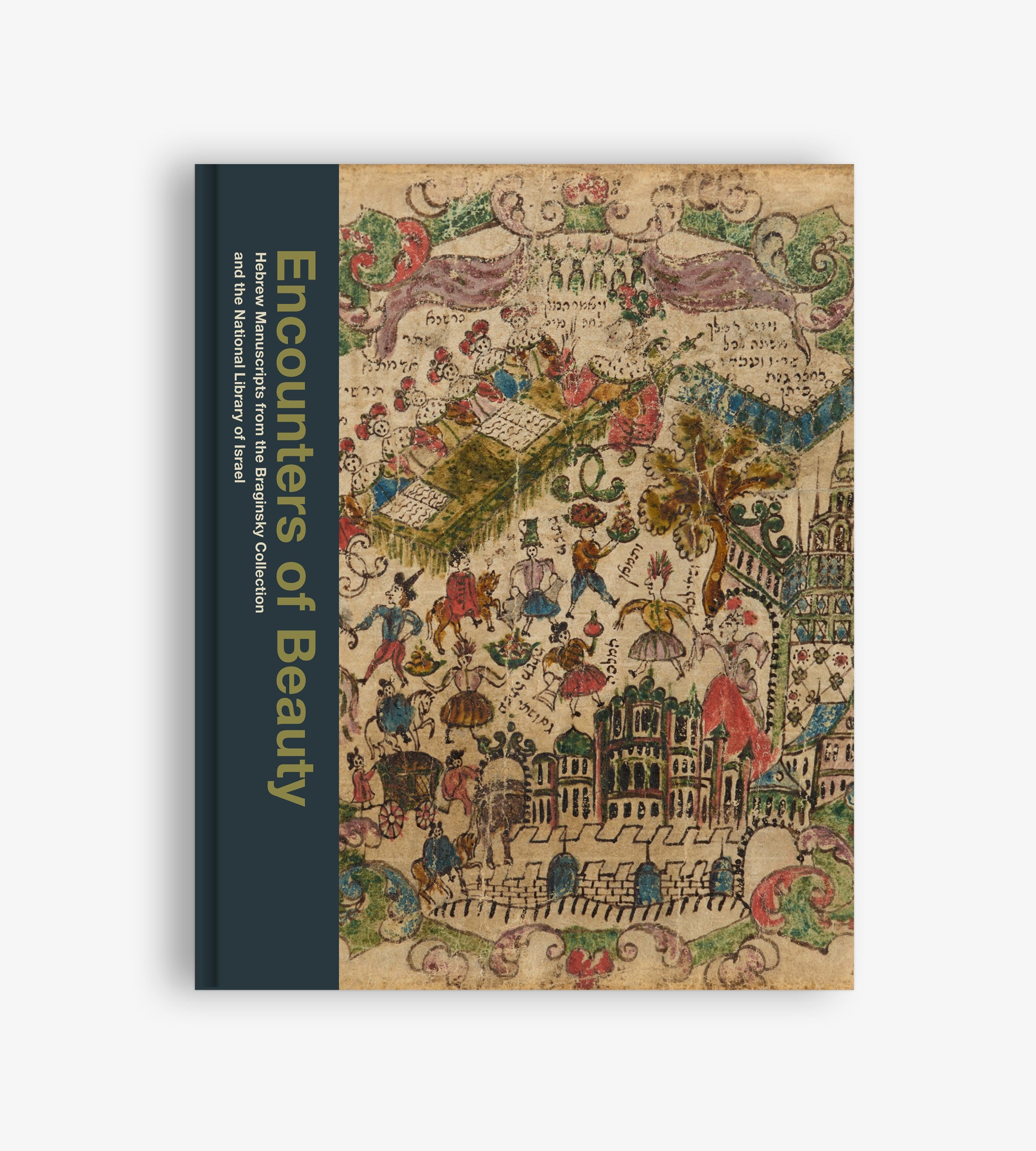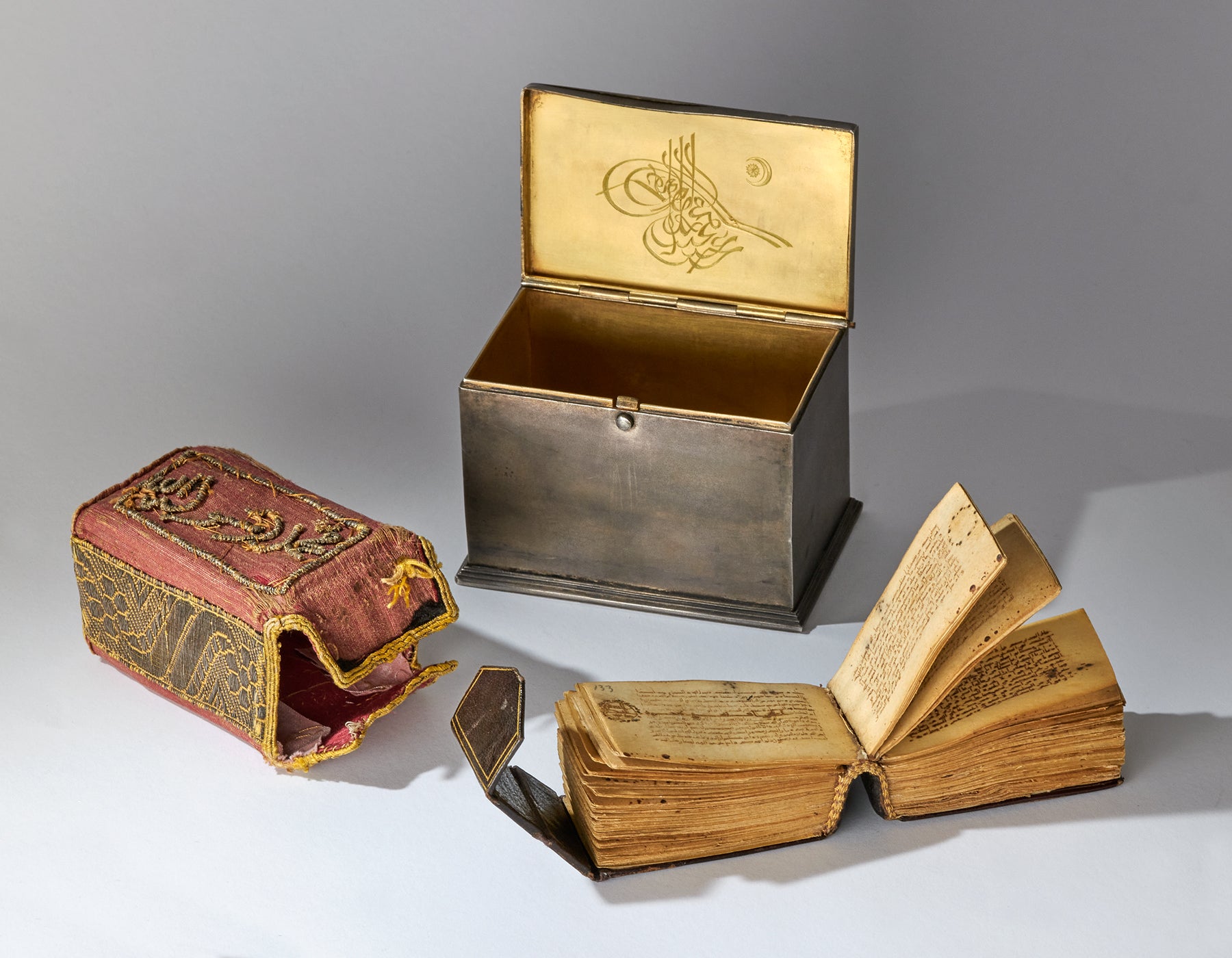
The Talisman
Or Amir

In 1683, the Ottoman Army laid siege to Vienna. In this decisive battle, which halted the Ottoman Empire’s European expansion, Hapsburg and Polish forces defended the city against a huge army of Ottoman foot soldiers and cavalry.
Although we cannot be sure if it was in this or an earlier Ottoman attack on the city, the Ottoman troops left behind a most precious object: a miniature copy of the Qur’an, no bigger than the palm of the hand. Copied in the tenth century, the manuscript’s early Kufic script remains clear and legible.
Miniature Qur’ans such as this were not meant primarily for reading. Physical copies of the holy text have traditionally been regarded as sacred objects possessing talismanic and protective powers. There is a long history of miniature Qur’ans being carried on the body or attached to weapons or other objects as amulets. The Ottomans had a particular tradition of carrying into battle sancak (banner) Qur’ans, which were fixed to military standards. One seventeenth-century miniature painting even illustrates how these Qur’ans were affixed by chains to the staff finial. Perhaps our Qur’an was one of these.
This Qur’an, however, did not end its journey in Vienna. Almost two centuries later, it was returned, under unknown circumstances, to the Ottoman sultan ʻAbd al-Majid (1823–1861). The sultan’s seal appears on the book’s decorative cover.


